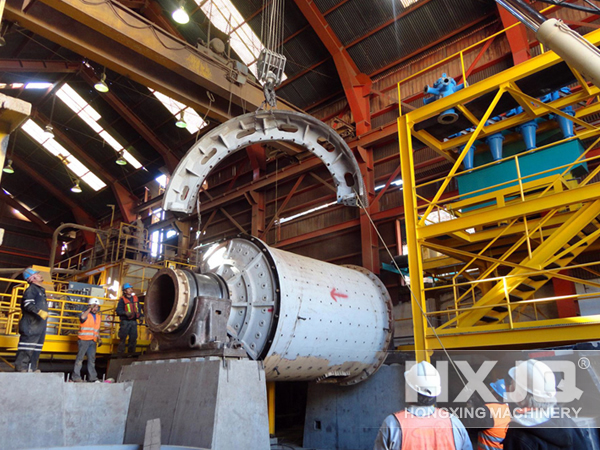
Most of the nickel oxide ores exist in the form of nickel laterite, with low silicon and magnesium, and the nickel content is 1 ~ 2 %. Secondly, nickel silicate is the main ore, with high silicon-magnesium content and low iron content, and the nickel content is 1.6 – 4 %.

At present, the development and utilization of nickel oxide is mainly nickel laterite, mainly because in oxidized ore, nickel is often dispersed in gangue minerals as isomorphism, and the coarse grain is small, so it is difficult to obtain nickel concentrate directly by mechanical beneficiation. Therefore, it is necessary to use crushing and screening processes to remove large bedrock ore blocks with weak weathering and low nickel content in advance.
Nickel oxide deposit is buried shallow, very suitable for large-scale open-pit mining, and selective mining. After mining, nickel oxide is smelted and enriched by pyrometallurgy and hydrometallurgy.
Pyrometallurgy
Pyrometallurgical smelting can be divided into electric furnace smelting, nickel-iron method, and granular iron method. The rotary kiln particle iron method is old, the process is complex, the particle iron content is low, the recovery rate of nickel is low, and cobalt cannot be recovered.
The nickel recovery rate of the electric furnace smelting method is higher, and part of the nickel can be drilled into the nickel-iron, which is recovered in the refining process and is mostly used for the treatment of silicon magnesium nickel ore.
Hydrometallurgy
The wet refining process can be divided into the reduction roasting ammonia leaching method and the high-pressure acid leaching method. At present, both processes have been applied in the industry. In addition, there are new methods such as high-temperature chlorination and sulfuric acid roasting, which are still in the research stage.
 Previous Post:
Beneficiation Methods of Copper Nickel Sulfide Ore
Previous Post:
Beneficiation Methods of Copper Nickel Sulfide Ore
 Next Post:
Five Basic Requirements When Choosing A Flotation Machine
Next Post:
Five Basic Requirements When Choosing A Flotation Machine
Please fill in the form below or inquiry online to get price & service
 Chat Online
Chat Online
 Get Quote
Get Quote